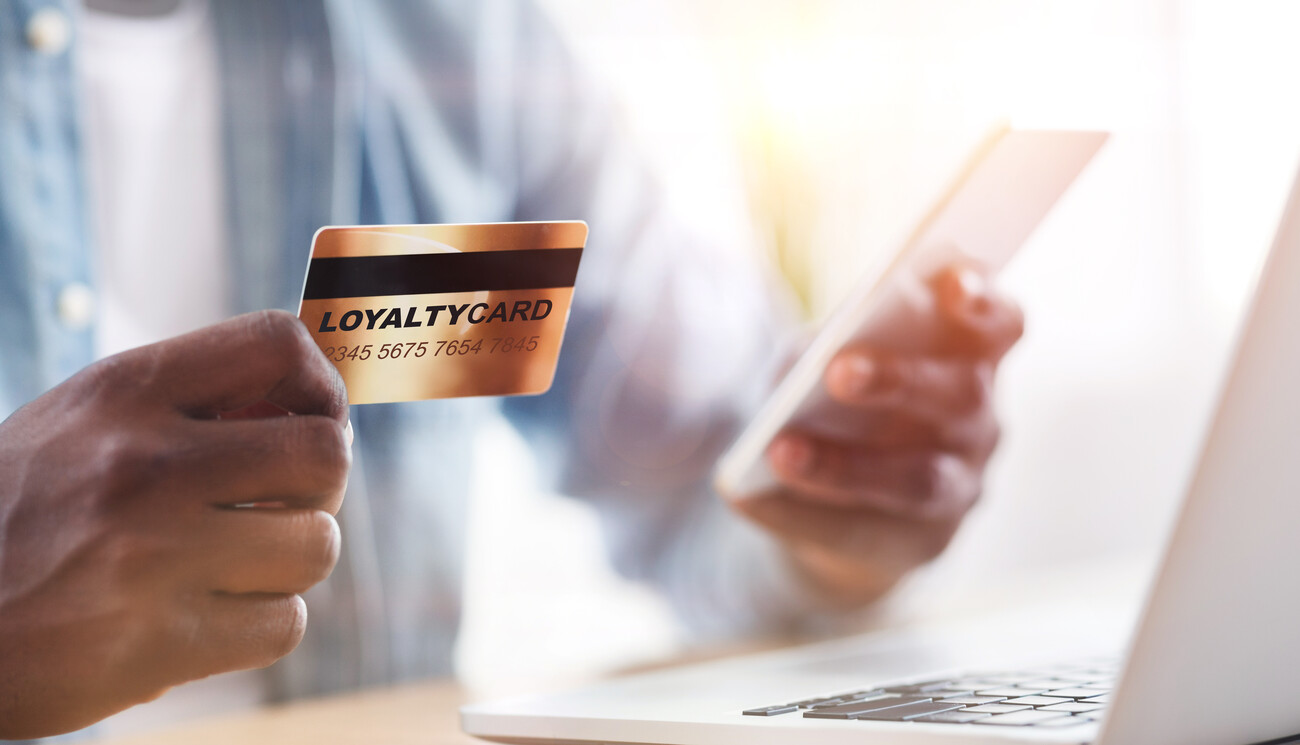
The verdict is in: the core financial benefits of loyalty programs are now just table stakes. Differentiation is now achieved through member-driven, personalized brand experiences. For hotel CIOs and IT leaders, this represents a significant challenge and an even greater opportunity. The ability to deliver relevant offers, seamless recognition, and human-centered AI interactions rests entirely on the sophistication of your IT infrastructure.
To help you navigate this new landscape, we present a Q&A with the research and strategy leaders at Bond Brand Loyalty. Based on their comprehensive new report, they explain why a centralized, organized data ecosystem is the key to future-proofing your systems and how to leverage your tech stack to create the reciprocity and recognition that truly loyal guests crave.
Loyalty programs are increasingly driven by access and personalization rather than points alone. From an IT and data infrastructure standpoint, what systems or capabilities are proving essential for enabling these kinds of tailored experiences at scale?
Loyalty program performance is increasingly driven by access and personalization, and delivering on this is a challenge. There has been a lot of investment in technology but few programs are enabled to deliver relevancy. We are seeing many brands do assessments of their tech ecosystems to optimize their capabilities.
Performant Personalization relies on hyper-focused target segmentations to create specialized channel offers or communications. The natural end state of that funnel might be 1:1 personalization, but the first step is to ensure your martech stack is robust enough to handle the exponentially growing number of segmentations or ad hoc segmentation generation requests. This is where a well-orchestrated integration between your customer record system, likely a CDP, and your loyalty platform is vital. Real time personalization isn’t nearly as important as well designed, efficient, and quick resolving queues of processing workstreams to act and scale on your personalization needs with fast integrations to data from both platforms.
The report mentions that only one-third of loyalty programs are currently seen as delivering true value. What role does customer data integration—across channels, systems, and touchpoints—play in bridging this perception gap? Are you seeing any common tech pitfalls?
Only 1/3 of programs are delivering on the outcome of “Good Value for Money Spent” and we unpacked what that means for customers. Beyond the financial benefits of points/discounts/cashback, consumers are seeking brands to deliver a more exclusive experience as spending increases. Customer data integration is essential to providing a 360° view of the customer and their cross-channel behaviors and purchases. Access to this data also helps identify value scores and improve the customer’s experience.
Customers are looking for more personalized experiences with brands, not just members only events or discounts, and in order to effectively deliver on these expectations brands need to capture data beyond transactions and tie new experiences or offers to that behavior.
As we have also learned, the first party data that comes from an active loyalty program is becoming the new engagement data ‘source of truth’ as cookies in browsers are being removed and privacy standards are being strengthened. The power of the data provided by loyalty customers is relevant to many parts of the business beyond the transactional when viewed in a customer 360 model. As people become more aware of digital privacy, loyalty programs will become the single best place for you to have your customers elect to give you data about themselves so that you can better know your customer.
Bond’s analysis includes over 7 billion financial transactions and 37 million data points. Can you share any surprising patterns or shifts in loyalty behavior that emerged from this year’s dataset—especially those that might influence how IT and marketing teams should think about system upgrades or tech investment?
In prior years we have seen very balanced influence across the program value proposition drivers but that has changed this year. The most important drivers of loyalty are the ones that demonstrate reciprocity at the member level, personalized experiences and relevant offers. The core elements of the financial value proposition are now table stakes; differentiation from the sea of points programs is through the delivery of a member-level, member-driven brand experience via highly relevant offers, communications or recognition through access. Being able to differentiate your loyalty offering from competitors in the market is imperative. You can do so through the delivery of highly relevant offers, communications or recognition through access. This requires the enablement between customer data and martech capability to deliver consistently and at scale.
We are also seeing how competitive the loyalty wallet really is, in both mid frequency retail (apparel, beauty, sporting goods, dept stores) and QSR, with some consumers shopping with multiple brands but only remaining active in one program. Many brands believe they have strong engagement and utilization of their program but when we look at the fragmentation in the consumer’s wallet that does not appear to be the case. Marketing teams need to think about how they deliver the experience that builds engagement and perceived value so that members demonstrate truly loyal behaviors and shift category spend to their brand.
With AI now embedded in many loyalty experiences—and 69% of consumers encountering brand AI—how are successful loyalty programs making sure AI applications (like personalization, chat, or offer targeting) stay relevant and human-centered?
Effective use of AI enables both customers and employees to deliver a better experience. Customers want AI to support discovery through making it easy and intuitive to search, while pulling forward recommended products based on previous consumer behavior. By leveraging AI, employees have data access at their fingertips, so they are able to deliver better customer service.
The most common use of AI is in the realm of customer service. Typically, customers prefer to speak to a real person when they have an issue, and an AI chat-bot is not the solution. A poor customer service experience can negatively impact satisfaction by as much as 25%.
Your Loyalty Report references a “Customer Engagement Index” that blends attitudinal, emotional, and transactional data. Can you walk us through how hotels and travel brands are operationalizing this type of multi-dimensional insight? What systems or cross-functional coordination is typically required to act on it?
The Customer Engagement Index combines the attitudinal insights of The Loyalty Report with the share of wallet data seen through Bond’s Wallet IQ and the sentiments captured through Bond’s AI on social channels. The combination of this data set allows for a broader understanding of which competitors are influencing perceptions, winning share, and providing context into what is instigating conversation about the brand.
The benefit to hotel and travel programs is twofold. First, a niche program can have very strong attitudinal scores as it meets a specific need, but that doesn’t equate to a program of influence. The inclusion of share of wallet data helps to demonstrate scale of influence potential. Understanding which programs are setting customer expectations gives a clearer picture on program strategy. Secondly, performance in a particular driver area may drop YOY, and to understand why social sentiment can identify opportunities the brand didn’t realize were an issue. A common example here is a functional issue with the mobile app impacting perception of financial value or access benefits. Initially there wouldn’t seem to be a correlation but through tracking sentiment there can be great contextual insight that enables the brand to address the core issue creating broader impact.
For hotel CIOs or IT leaders looking to better support loyalty innovation, what tech stack elements (CDPs, API integrations, privacy compliance tools, etc.) should be prioritized to future-proof their loyalty infrastructure—especially as expectations shift from rewards to real-time relevance?
The best way to future proof your infrastructure, in our view, is to invest upfront in technology that helps to promote organized data structures in modern storage systems. This recommendation is less of a single tool to buy and more of a combination of Data Platform, Data Lake, and Data Hygiene. Even before the voracious demand of AI for well-structured data became a business mandate, data aggregation, democratization, and propagation has been a key element of a solid martech strategy.
Each vendor or tool in your martech stack will have some level of data sharing. Most common is the ETL or file transfer, but we are now seeing more martech solutions supporting data pipelines, zero copy data shares, advanced ETLs like Airflow, event-triggered data publications, and clean rooms. You should leverage all of them to bring data back into your data lake in a well organized model.
Once you have your data centralized and organized within your control, you are well situated to bring any data hungry technology to bear, including, but not limited to, AI. This is the best way we know to future proof your infrastructure for the needs to come.
Some tools on the market, like CDPs, can do much of this for you if you don’t have the budget to create your own. Just be aware of the trade-offs in using a customer data tool to track non-customer data.






